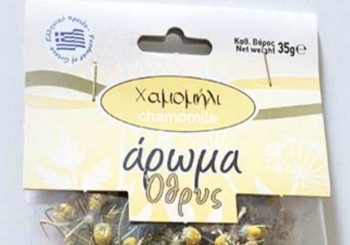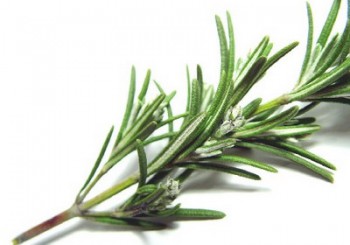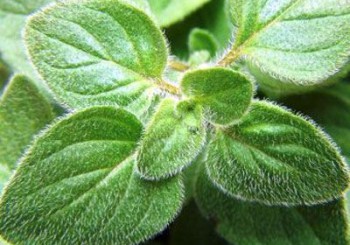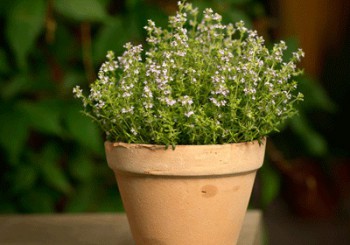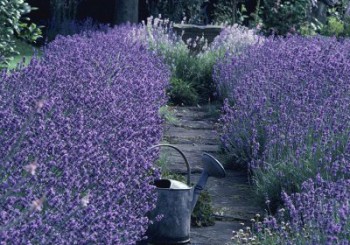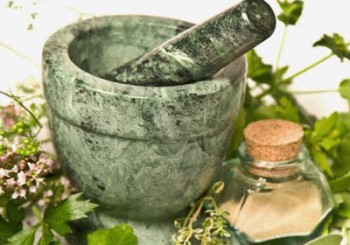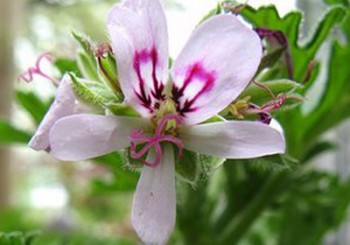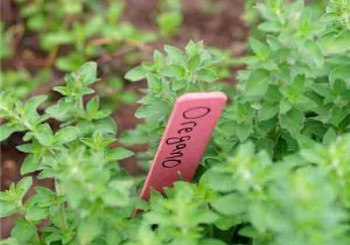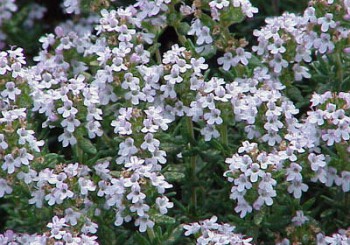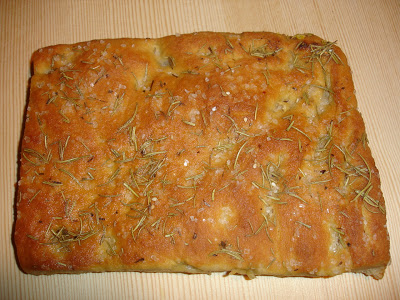
Ingredients
30g. fresh yeast
1 1/2 cup warm water
Half teaspoon salt
Half a teaspoon of sugar
1 teaspoon coarse salt
1 teaspoon rosemary
2 tablespoons olive oil
500 g. flour
Execution
In a bowl mix the yeast with the water, oil, sugar and fine salt. Pour in flour gradually, until a soft dough starts to come off our hands. Leave the dough to rest for half an hour...
> > >










